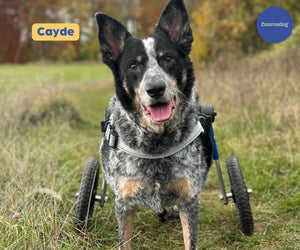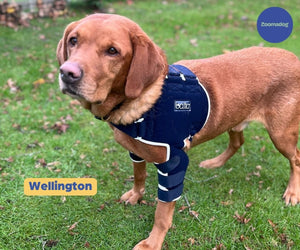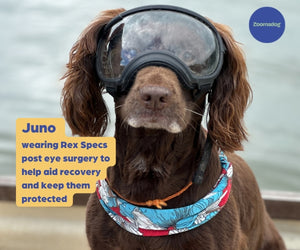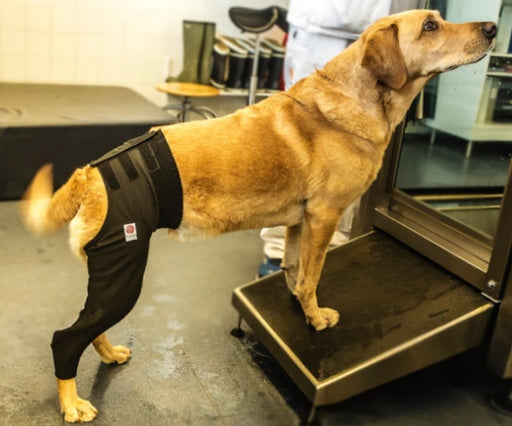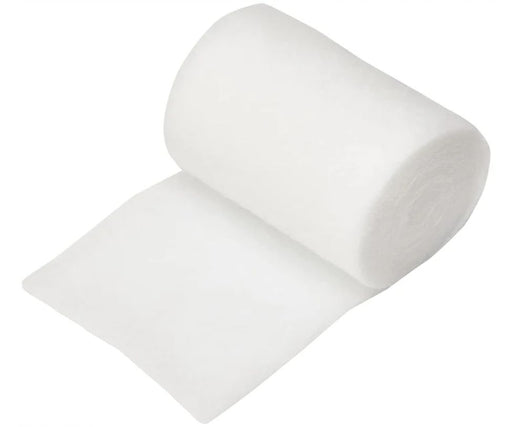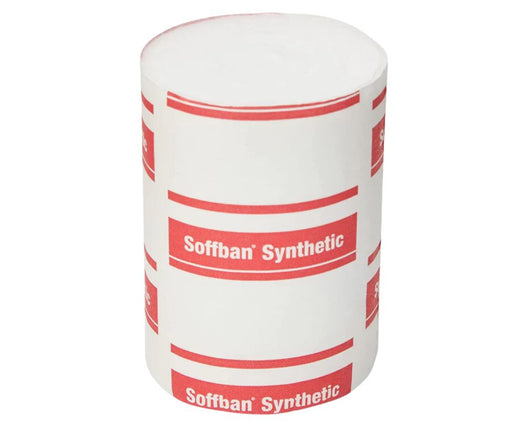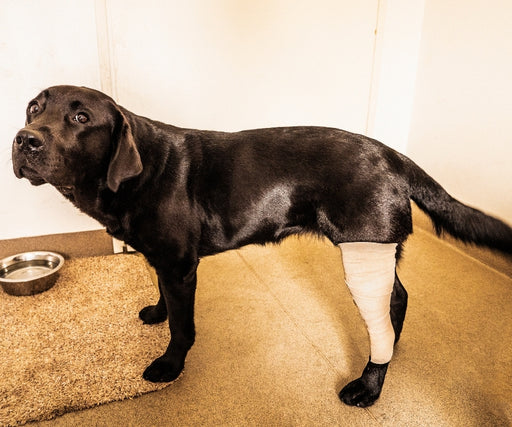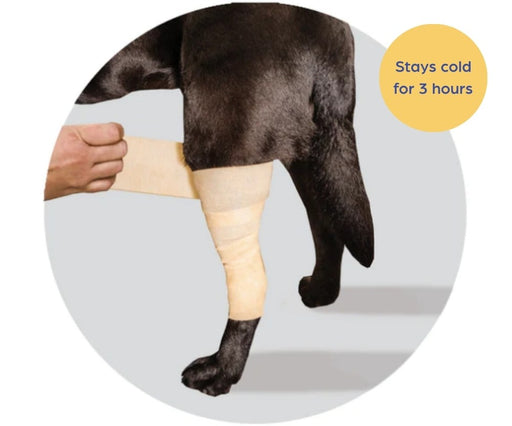Dogs can catch, puncture, gash, or tear their skin on something when running around e.g. brambles, sharp sticks or barbed wire, or get bitten by another animal or insect. Carpal and paw pad injuries can be common, particularly in urban areas where there may be lots of broken glass or sharp metal lying around. Dogs can also develop a hot spot because their skin has rubbed and chafed on something and these can turn nasty if not treated properly.
Or it may be the case that your dog wound won’t heal after stitches - the area isn’t healing well - it looks red, angry, and inflamed and it’s oozing.
In any of these situations, this is where a basic knowledge of first aid for dog wounds can come in very handy.



